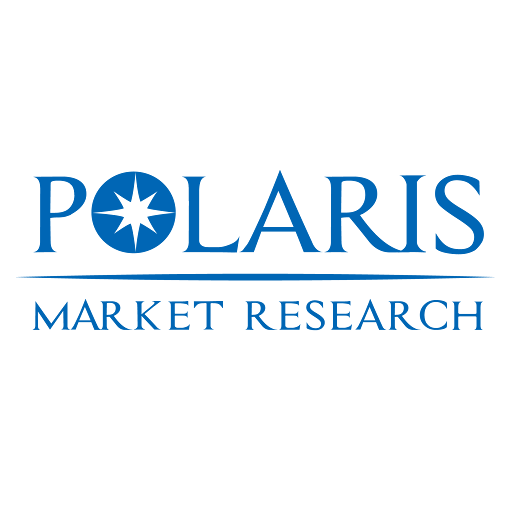In 2024, the global plasma fractionation market was valued at USD 29.76 billion, and projections anticipate growth at a compound annual growth rate of 6.5 % during the forecast window. Within that overarching expansion, the concentration of revenue, innovation and policy influence in a handful of countries—particularly the United States, Germany, China, and Japan—drives how the major companies strategize, localize, expand, and compete. An analysis of national policy impact, market share concentration, R&D leadership and strategic positioning illuminates how top players configure their global posture.
In the U.S., the plasma fractionation market is deeply established. The U.S. has a favorable regulatory framework for plasma donation monetization, robust reimbursement for plasma-derived therapeutics, and dense infrastructure for collection, testing and distribution. American jurisdiction remains central to R&D leadership: many leading fractionators locate advanced labs, process optimization centers, AI/bioprocessing hubs, and strategic acquisitions in the U.S. The scale of the U.S. market provides both revenue and innovation feedback loops that reinforce dominance. Market share concentration in the U.S. is high, favoring incumbents that already control large donor networks and manufacturing capacity.
Germany, as the industrial heart of Europe, has sizable demand for plasma therapies, especially in hemophilia, immunology and neurology. Germany’s national biotech policy and health insurance reimbursement structures support domestic capacity building. Proximity to pharmaceutical clusters, exporting capability, and engineering talent make Germany a key regional hub. China is rapidly gaining importance. Government policy in China increasingly prioritizes domestic capability in biologics and plasma-derived therapies, favoring local entities via procurement preference, data localization mandates, and licensing regimes. Many global fractionators must conform to Chinese registration, local partnerships or license manufacturing in China, thus shaping strategic positioning. Japan also contributes meaningfully, with strong biotech and pharmaceutical R&D ecosystems, regulated plasma safety norms, and demand for specialty immunoglobulin products.
Among top players, strategic posture is country-sensitive. Many maintain dual or multiple R&D centers (for instance, in U.S., Europe and Asia) and deploy regional manufacturing bases or joint ventures to comply with local policy. National policy impact forces architectural bifurcation—for example, Chinese operations may require local code or separate biocontainment systems, European arms may require GDPR-compliant data isolation, and U.S. centers follow FDA/USP pipelines. Market share concentration in core countries allows incumbents to leverage scale, cross-subsidize innovation, and defend against entrants. In terms of R&D leadership, firms invest heavily in process intensification, new fractionation methods (e.g. continuous chromatography, single use systems), and higher yield separation technologies to reduce cost per gram, improve purity and reduce viral risk. Patent portfolios and proprietary process knowhow contribute to protection. Strategic positioning also involves mergers, acquisitions or alliances to cover gaps in national presence—for instance acquiring fractionation assets or donor networks in targeted geographies, or forming co-manufacturing deals to secure supply in high-growth markets.
Read More @ https://www.polarismarketresearch.com/industry-analysis/plasma-fractionation-market
Trade policy and regulation further shape strategy. Import tariffs on biologics, local content requirements, regional registration barriers, and procurement mandates encourage firms to localize. Some governments mandate that fractionated plasma must be processed in-country to qualify for reimbursement. This imposes incentive for players to enter via local plants or licensing. National policy impact also extends to donor regulations—some countries restrict paid donations or donor frequency, which influences donor supply risk and strategic buffer deployment.
In synthesis, the countries that dominate thus shape where R&D investment flows, where platform standards crystallize, and where scale gains accrue. Global growth is real, yet only those players who align with national policy regimes, maintain market share concentration, and exercise R&D leadership can sustain strategic positioning. Below is a list of dominant players by market share:
• CSL (CSL Behring)
• Grifols
• Takeda
• Octapharma
• Kedrion
• Biotest
• Baxter
More Trending Latest Reports By Polaris Market Research:
COVID-19 Vaccine Packaging and Delivery Devices Market
COVID-19 Vaccine Packaging and Delivery Devices Market
Space Situational Awareness Market
Companion Animal Osteoarthritis Market
North America and Europe Open RAN Market
